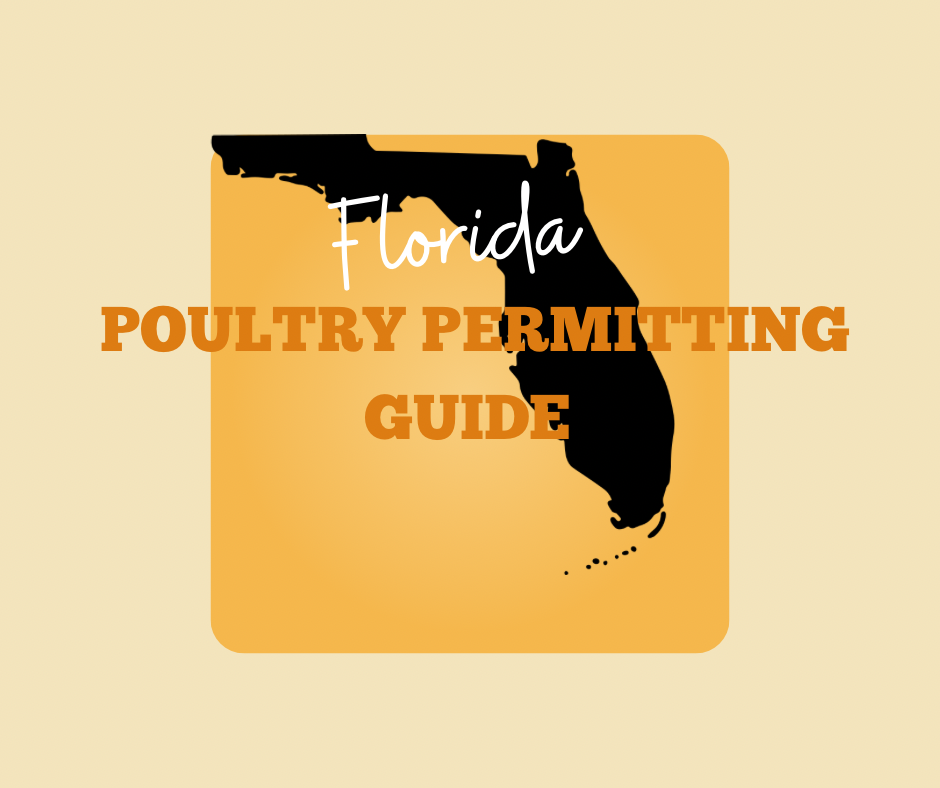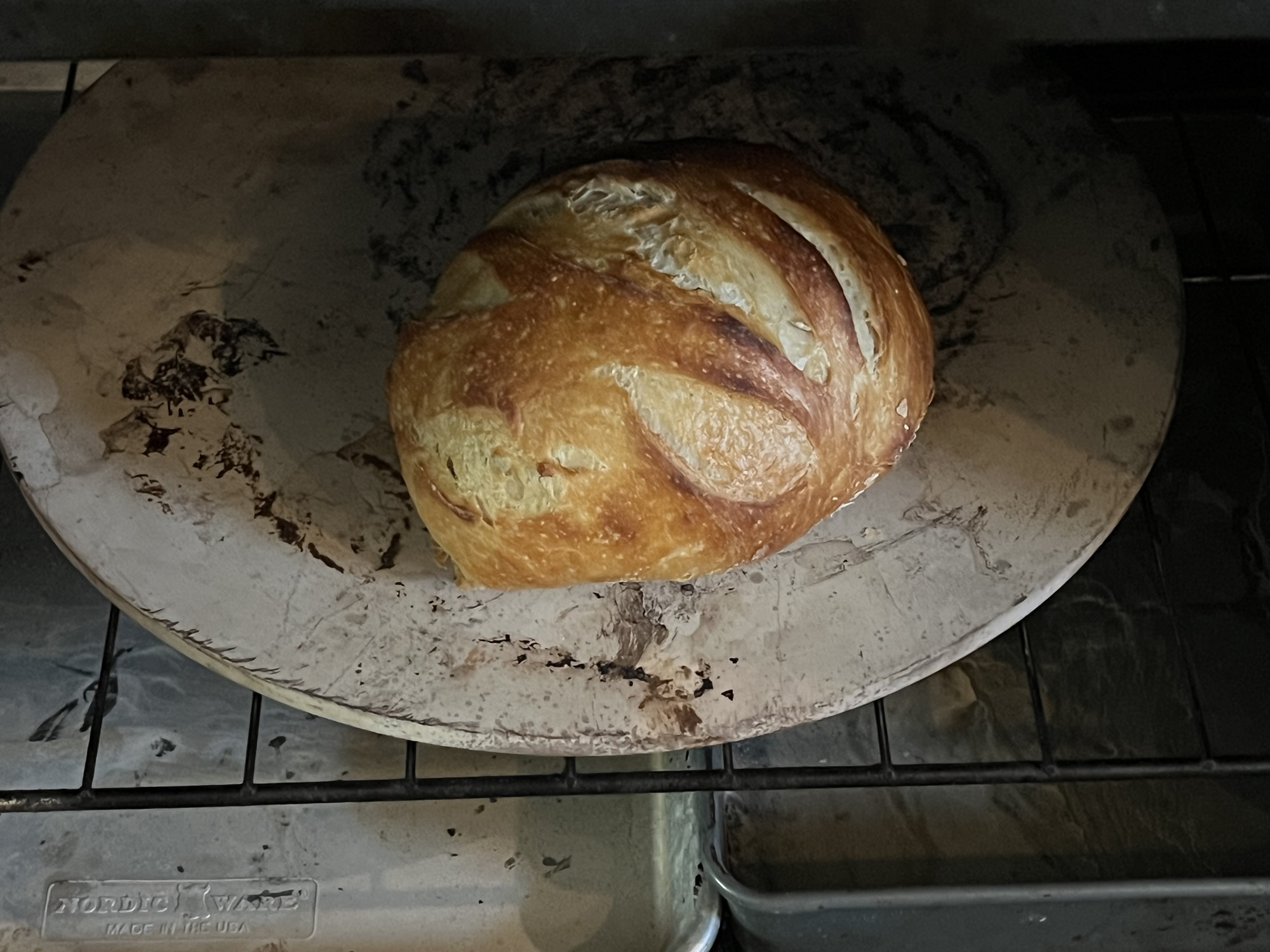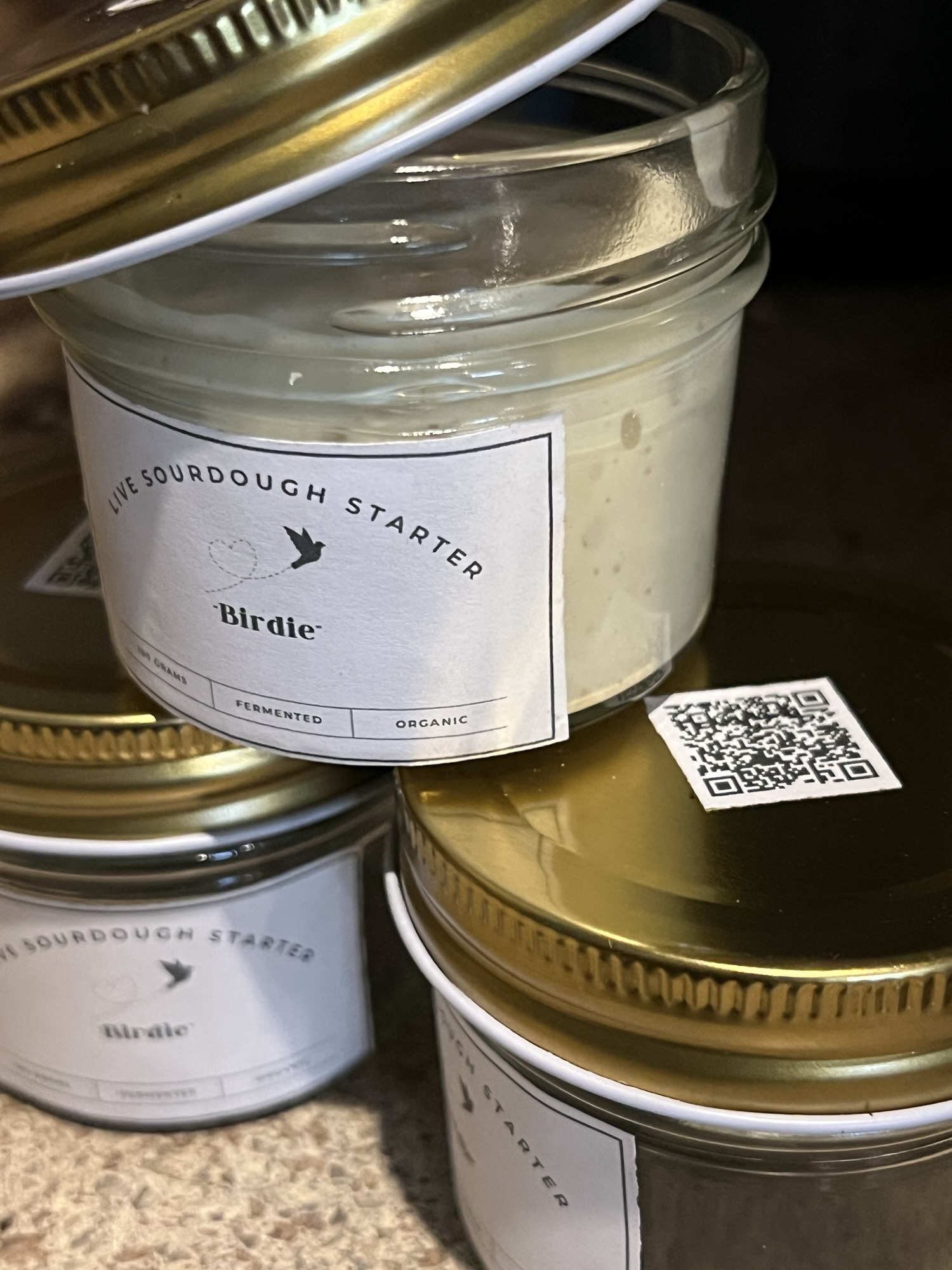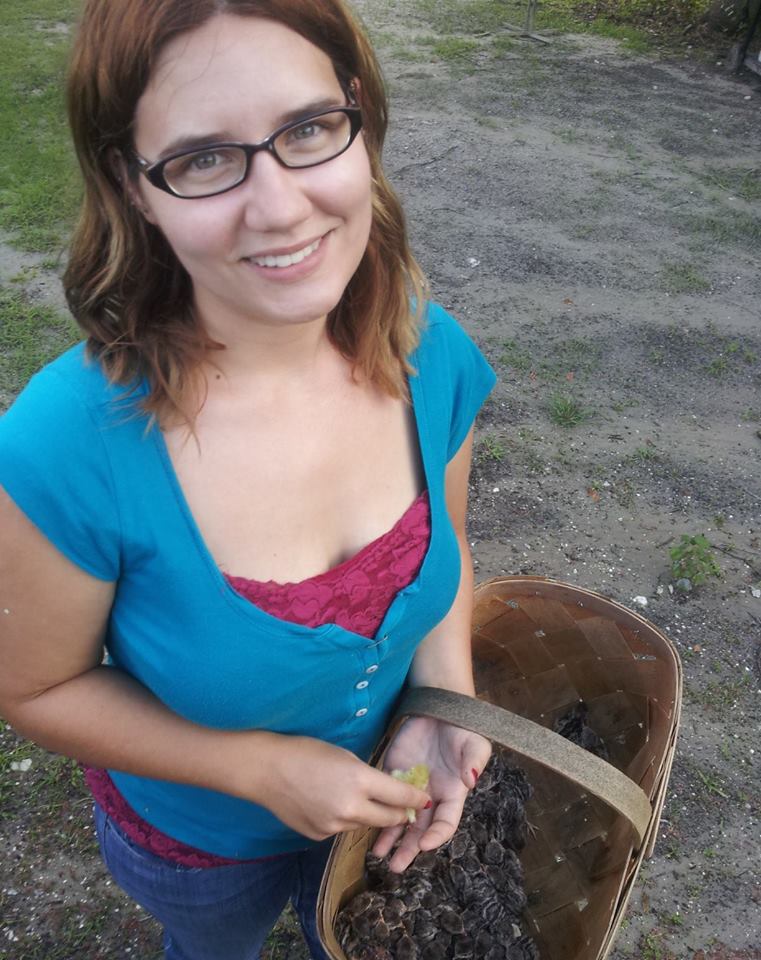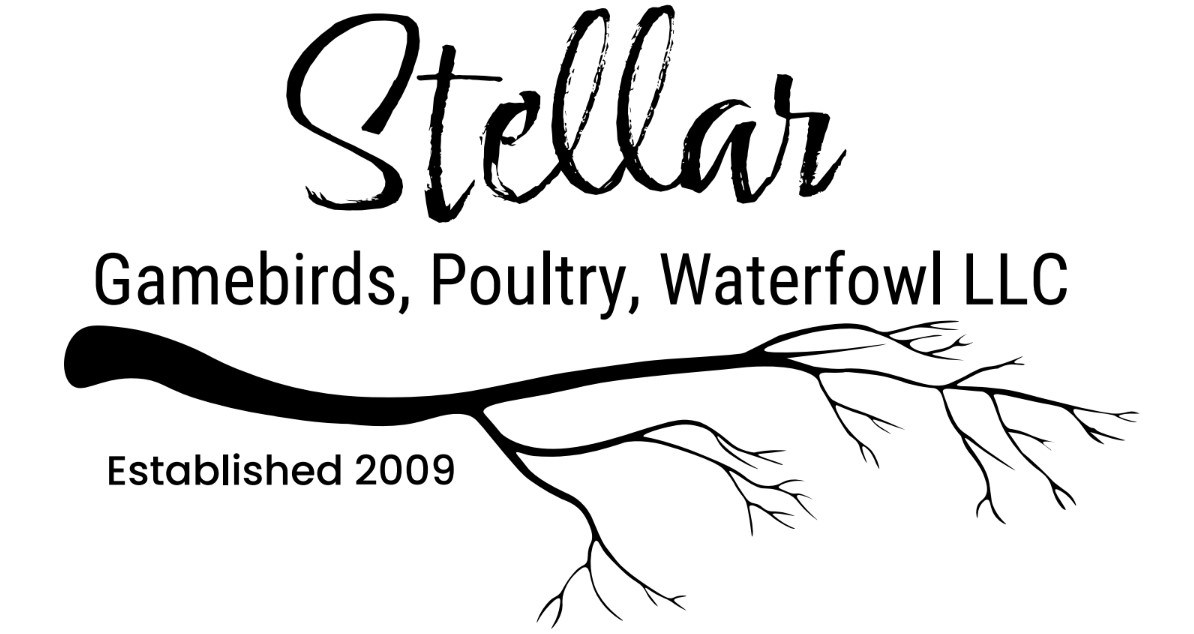The Gloucestershire Old Spots (GOS) pig, often affectionately known as the “orchard pig,” is a rare and cherished breed with deep roots in England’s rural past. Recognized for its distinctive spotted coat, docile temperament, and exceptional meat quality, the Gloucestershire Old Spots is more than just a farm animal; it’s a symbol of agricultural heritage and sustainability.
History
The origins of the Gloucestershire Old Spots pig trace back to the Gloucestershire region of England, where it has been raised for centuries. This breed was historically kept by farmers and cottagers who grazed their pigs in orchards, where the animals helped to clear fallen fruit. The legend goes that the breed’s characteristic spots are the result of bruises from apples falling on their backs—a charming story that has endured over the years.
In reality, the GOS likely descends from a mix of local pigs and breeds introduced by Roman settlers, making it one of the oldest pig breeds in Britain. It was particularly valued for its ability to thrive on pasture and its productivity in small-scale, traditional farming systems.
Physical Characteristics
The Gloucestershire Old Spots pig is easily recognizable by its white coat adorned with black spots. According to breed standards, the pigs should have at least one spot but no more than 20. These spots are often irregular in shape and can vary in size.
The GOS is a medium to large-sized pig, with sows typically weighing between 500 and 600 pounds, and boars reaching up to 800 pounds. They have a long, deep body with a straight back, and their ears are large and floppy, often covering their eyes. This breed is known for its strong legs and ability to forage, making it well-suited to outdoor, free-range farming environments.
Temperament and Behavior
One of the most appealing traits of the Gloucestershire Old Spots is its gentle and docile nature. These pigs are easy to handle and generally very calm, making them a favorite among farmers and smallholders. Their good temperament also makes them excellent mothers, with sows known for their ability to raise large litters with minimal intervention.
GOS pigs are also renowned for their hardiness and adaptability. They thrive in a range of environments and are particularly well-suited to pasture-based systems where they can forage and graze. Their ability to convert low-quality forage into high-quality meat makes them an efficient and sustainable choice for farmers committed to environmentally friendly practices.
Meat Quality
The Gloucestershire Old Spots is celebrated for its exceptional meat quality. The breed produces pork that is tender, juicy, and marbled with fat, giving it a rich flavor that is highly sought after by chefs and consumers alike. The meat is often described as having a sweet, nutty taste, which can be attributed to the pigs’ varied diet and slow growth rate.
In addition to premium pork, GOS pigs are also known for their high-quality bacon and lard. The breed’s lard is particularly prized for baking and cooking, thanks to its smooth texture and superior flavor.
Conservation and Revival
Despite its many virtues, the Gloucestershire Old Spots faced a significant decline in the mid-20th century, largely due to the rise of industrial pig farming, which favored faster-growing breeds. By the 1970s, the GOS was listed as critically endangered, with only a handful of breeders remaining.
However, thanks to the efforts of dedicated farmers, conservationists, and organizations and clubs, the breed has made a remarkable comeback. Today, the Gloucestershire Old Spots is still considered a rare breed, but its numbers are steadily increasing as more farmers and consumers recognize the value of heritage breeds and sustainable farming practices.
The Gloucestershire Old Spots pig is more than just a farm animal; it’s a living link to the past and a symbol of sustainable agriculture. With its distinctive appearance, gentle nature, and superior meat quality, the GOS is a breed worth preserving. Whether you’re a farmer interested in heritage livestock or a consumer looking for the best in pasture-raised pork, the Gloucestershire Old Spots pig offers a unique and valuable contribution to our agricultural landscape.


